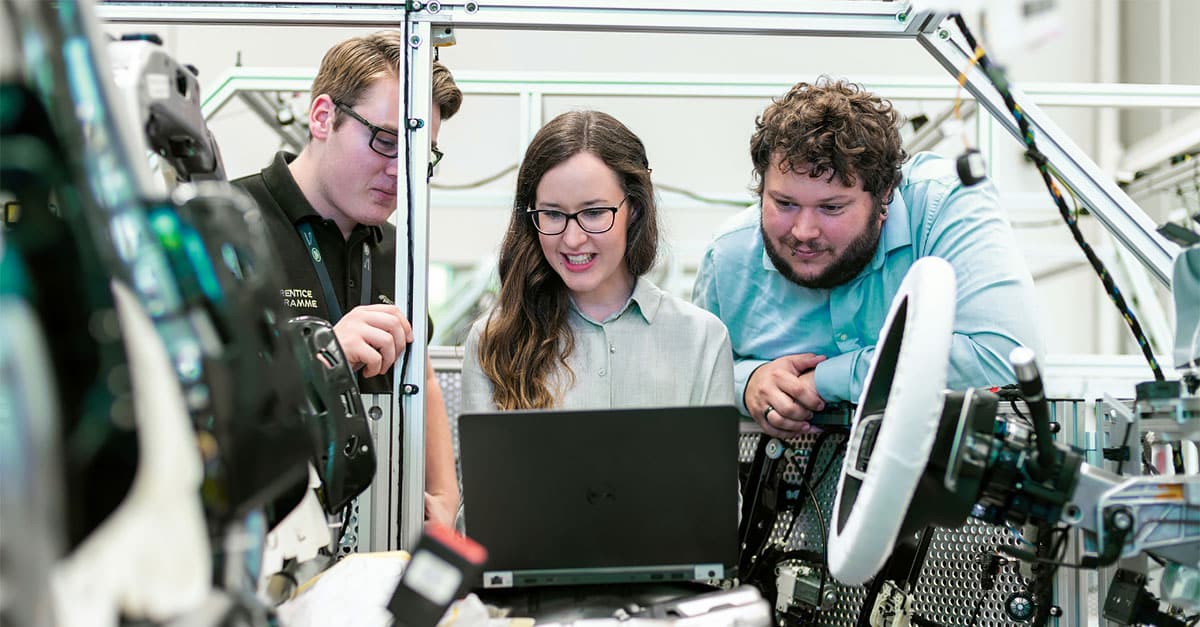28/12/2023
We recently explored how organisations rushed to implement a digital workplace strategy during the emergence of the coronavirus pandemic in early 2020, and how it meant that the majority of these workplaces were deployed without any long-term planning or strategy.
In other words, they weren’t—and in many cases, still aren’t—optimised, which can create significant challenges for organisations that now rely on them day-to-day as an integral part of their operations.
Not only were these pandemic-era digital workplaces not optimised in general, but they were also—and, again, in many cases still aren’t—optimised from a cost perspective. With organisations now facing significant inflationary pressures, an energy crisis, and the rising costs of goods and services, the need to implement cost savings has never been greater.

Digital Workplace Cost Optimisation
Digital workplace success depends heavily on not only optimising technology and processes to meet organisational needs but also ensuring that money isn’t being wasted.
According to Flexera’s 2022 State of the Cloud Report, up to 32% of cloud spending is wasted because teams often lack the visibility into what’s needed to ensure the organisation is getting value for every penny spent—in other words, they’ve neither thought about nor implemented FinOps and as such cannot make informed decisions about cost allocation.
Our own data pulled from 4 million end user Microsoft 365 subscriptions tells a similar story: Between 17% and 37% of end-user license spend is wasted. This isn’t a case of licenses being unassigned but rather one of users simply not utilising certain elements of their license, meaning that they could be downgraded to more cost-effective alternatives.
Every FinOps journey begins with analysing the state of your digital workplace deployment to gather data and establish KPIs for making cost savings. As a global expert in the future of work and digital workplaces, Getronics can help you do this.
5 Key Cost Optimisation Opportunities
License Assessment
IT leaders can’t optimise digital workplace costs and achieve savings without a clear understanding of what assets are deployed across the organisation and how they’re being used by employees to meet the long-term goals of the business.
One way to obtain this visibility is through a license assessment that takes stock of what software assets are deployed across the organisation. More than 80% of companies that we talk to are over-licensed and are needlessly paying for licenses that aren’t used.
A license assessment on the other hand enables IT leaders to remove any redundant licenses and implement a persona-based license set-up that considers which licenses are needed by whom and assigns them on an as-needed basis.
Device As a Service
The Device as a Service (DaaS) model enables organisations to acquire hardware such as PCs, smartphones, and tablets as a paid service that can be scaled up and down according to organisational needs. Rather than paying for X amount of devices outright, organisations simply pay a fixed monthly fee for the devices that they need.
DaaS has become a core part of many digital workplace models with the rise of remote and hybrid working because of the need for flexibility. Often inclusive of backups, asset tracking, security, and end-of-life disposal, DaaS eases the burden of managing IT resources while also providing more visibility into an organisation’s IT stature, which can help decision-makers plan investments better.
Bring Your Own Device
Optimised digital workplaces are more conducive to persona-based security systems, which opens the doors to more secure bring-your-own-device (BYOD) opportunities—the trend of allowing employees to use their personal devices to connect to organisational networks and access work-related systems.
Secure BYOD can lead to significant cost savings for organisations as less investment into devices and hardware is required. BYOD does require stringent security measures, however; personal device access to an organization’s network can present serious security risks if safeguards and security policies are not in place.
AI-driven Lifecycle Management
Artificial intelligence (AI) offers the ability to generate real-time metrics on a product’s health, growth, and risk factors. This visibility naturally leads to better product lifecycle management as AI predicts failures, anticipates patches and warns of software updates. This level of visibility can also enable better financing solutions as decision-makers can see when and why products might be approaching failure.
“Businesses typically used a 5-year refresh model to “true-up” their digital infrastructure technology. This produced a saw-tooth graph when mapping digital maturity over time. The cloud workspace vendors Google and Microsoft are constantly drip-feeding new features and fidelities to keep businesses current. As such businesses need to adopt a continuous optimisation strategy leveraging real-time analytic and advisory digital tools,” says Stephen Homer, Digital Workplace Portfolio Manager at Getronics.
Smart Spaces and Energy Saving
Organisations that still utilise physical offices can achieve significant cost optimisation through better, more energy-efficient facilities management. Simple solutions such as motion-activated lighting and utilising FM data to inform when HVAC systems should be activated can lead to huge savings on energy costs.
Smart spaces can also help to save organisations money by cutting down on the amount of real estate needed. Meeting rooms, desks, lockers, and parking spaces generally work better via booking systems as organisations essentially use less physical space for the same number of employees.
Embark on Your Cost Optimisation Journey with Getronics
These five aspects can of course be optimised separately by your team, but it makes much more sense to implement everything together by collaborating with a trusted partner on your cost optimisation journey: Getronics is a global leader in digital workplaces, and it’s our mission is to maximise your business potential with our powerful technology solutions.
With a team of over 4,000 specialists across 22 countries, we’re uniquely positioned to provide comprehensive end-to-end digital services that drive growth, reduce cost, and deliver real, quantifiable success. Since we launched our digital workplace service, we’ve supported more than 1.5 million users from across more than 1,000 organisations—and the numbers keep growing.
If it’s time for your digital workplace to evolve, get in touch with a Getronics expert today and kick off your digital transformation.





